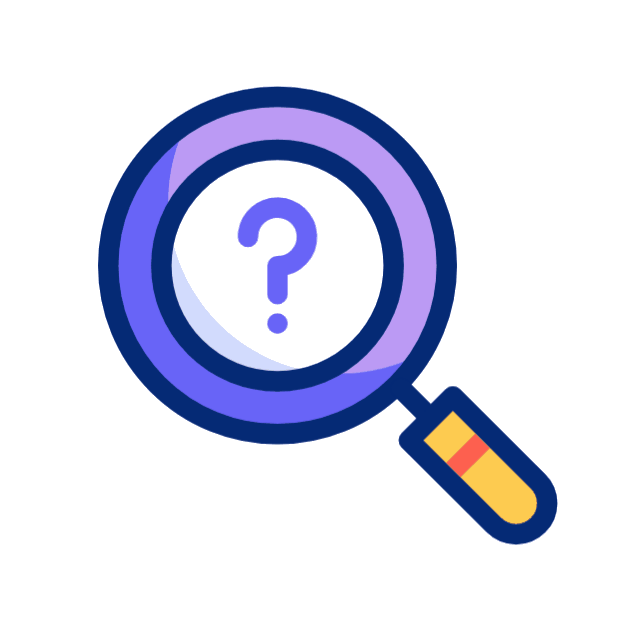
Welcome to our latest blog post on MysticMag, where we dive into the world of reflexology with the insightful Bobbi Warren.
Bobbi, an expert in the Ingham Method® of Reflexology, shares her knowledge on how this unique technique, originally developed by Eunice D. Ingham in the 1930s, has evolved to effectively relieve stress and improve circulation. Beyond the technical aspects, Bobbi also delves into the fascinating realm of footreading, explaining how our feet can reveal much about our personality and stress levels.
Join us as we explore the profound impacts and personal journey of Bobbi in the realm of reflexology.
Can you explain the Ingham Method® of Reflexology that you use and its benefits for stress relief and circulation improvement?
First of all, the Ingham Method® is a technique originally developed by Eunice D. Ingham back in the 1930s and 1940s. Her nephew, Dwight C. Byers, who was my boss, along with our team, advanced the techniques to where they are today. This modern approach incorporates body mechanics and methods to work on the foot in a way that prevents wear on the therapist’s hands.
The technique itself is remarkable in how it stimulates the central nervous system. It helps to improve circulation through the specific type of work we do. While a foot massage can lower a person’s blood pressure, it does not produce the same physiological changes that our work achieves.
There are other methods available, but we believe the Ingham Method® has stood the test of time and has been perfected to be the best, both for the therapist and the client.
How do footreading workshops complement your reflexology practices, and what can participants learn about themselves through this process?
The footreading workshops are perhaps some of the most fascinating aspects of my practice. It all started about 30 years ago when I was working on my dad’s feet, which were very stiff and swollen. He could barely move them. The ankle relates to both the neck and the pelvis, with some overlapping reflexes. I noticed that a stiff neck often correlated with stiff ankles, reflecting a rigid attitude or a tendency not to consider other perspectives.
This realization led me to explore further, and I discovered a book called “Reading Toes” by Imre Somogyi which was the first book I found on foot reading. The idea that our minds control our feet was intriguing. For example, someone who doesn’t react well to life’s challenges might show that in their feet. Our feet reveal how we react to life and reflect our basic personality traits. They can indicate if someone is a hard worker, prefers to delegate, or is artistic or analytical.
During footreading workshops, participants can learn about these correlations. For instance, if someone has a bunion on their big toe that’s bending toward the other toes, it might suggest they have a habit of bending over backward to help others but struggle to say no. This inability to set boundaries can lead to stress and impact their overall well-being.
The workshops offer insights into these issues, helping participants understand potential sources of stress and how their behaviors and attitudes are reflected in their feet. It’s a fascinating process that not only complements reflexology but also provides deeper self-awareness and understanding.
What led you to focus specifically on reflexology and footreading, and how have these practices evolved in your career?
My journey into reflexology began when I was 16 years old. My little brother, who was 10 at the time, and I were introduced to reflexology by our mother, who, while becoming a Yoga teacher, met someone who had taken the Reflexology training courses and shared some of what this work could do. She brought home books by Eunice D. Ingham, and we initially made fun of her for it, thinking it was just another one of her odd interests. However, we gave it a try. I remember sitting in a triangle with my mom, and she instructed us on how pressing certain points on the feet could help with various issues. I was skeptical, especially when she said pressing a point on the foot could help with my brother’s eyes.
Years later, my brother started having ear problems. My mom, always inclined towards natural remedies, revisited the reflexology books and began working on his ear reflexes every night. His condition improved significantly, which piqued my mom’s interest further. She discovered the International Institute of Reflexology, out of St. Petersburg, FL, which was the original school of Reflexology, the only school of its kind at the time, and decided to enroll, asking if I wanted to join her. I was hesitant, thinking it was strange, but she offered to pay, so I agreed.
My first real exposure was in a ballroom in Anaheim, CA, with 300 people working on feet. It seemed crazy to me at first, but I started practicing with friends and found it fascinating. At the time, I was working in real estate and property management for my dad’s company. A turning point came when a cute guy from my church, David Brown, approached me about trading reflexology sessions. Although I didn’t feel fully confident, having attended 13 seminars, my mom and I decided to get certified.
We got certified, and soon after, I was asked to become a teacher due to my high scores on the exams. I underwent two years of teacher training and traveled all over the United States and Canada, teaching reflexology. My mom was my partner on the West Coast, and I had another partner, George Balut, on the East Coast. We traveled in a motor home, teaching classes week after week, and I loved it.
I also developed a private practice, which I have maintained since 1979. Over the years, I became deeply involved in the political aspects of reflexology, serving as president of our National Association and vice president of our state organization. I was known as an activist for reflexology for many decades.
Now, semi-retired, I still have a private practice and take pride in my students, who continue to advance the field. I’ve been doing this most of my life, and while it wasn’t my initial plan, I love the impact reflexology has and the journey upon which it has taken me.
Can you share a significant success story from your practice where reflexology had a profound impact on a client’s health?
Absolutely. About ten years ago, I received an urgent phone call from my father, which was unusual in itself. He said, “Bobbi, you’ve got to get over here. Your mom’s not feeling well.” They lived just two miles from me, so I dropped everything and drove over. When I arrived, my mom was sitting at the table with a pasty white face, saying, “Bobbi, my face is numb. I feel numbness in my face and I have a really bad headache.”
Realizing the seriousness of the situation, I sat down and immediately started working on her feet. I told my dad to press the life alert button he wore on his chest to call for emergency assistance. I focused on the areas of her feet related to the brain and face. Within a minute, the color started returning to her face and the drooping began to subside. She said, “I feel better. The pressure is less.”
Despite the improvement, we still called the EMTs. They arrived, placed her on a gurney, and as she was being taken out, she mentioned her headache returning. We followed her to the hospital where I continued working on her feet in the emergency room. The doctors were curious and allowed me to continue as long as it was helping. After she stabilized, we brought her home four days later.
On our way home, she felt fine and even wanted to get something to eat. However, after just a few steps outside the car, she suddenly threw up and said her head was pounding again. We immediately headed back to the hospital. As we arrived, her vision started to dim drastically, and she could only see through a tiny pinhole.
In the emergency room, I rushed to her neurologist and explained the situation. He quickly drew a diagram of a cauliflower to show where the issue was occurring in her brain, specifically at the base of the brain stem where the nerve supply to the eyes is located. I went back to her, found the corresponding reflex point on her toe, and started working on it.
As I pressed down, I felt a crunching sensation like Rice Krispies, and suddenly, my mom exclaimed, “I can see!” Her eyesight returned immediately. The doctors were astonished and asked what had happened. All I could say was “Rice Krispies,” still in shock myself. Not only did the reflexology help stop her stroke, but it also restored her vision. It was one of the most remarkable experiences in my practice.
How do you integrate new scientific research into your reflexology practices, and what recent advancements have you incorporated?
Wow, that’s quite a significant question, especially considering my friends Kevin and Barbara Kunz from New Mexico are currently concluding a three-year research project. They recently completed a study in collaboration with the University of Michigan and the University of New Mexico, utilizing fMRI machines to observe people undergoing reflexology. This research aims to provide proof of concept and function, showing what happens in the brain when we work on the feet.
This particular study stands out because it allows us to see the brain’s response in real-time when the feet are stimulated, which, apparently was never done by anyone in the Neurology field. The results have been astonishing and have surprised many in the field.
For instance, when we press on the reflex points related to the eyes, the entire visual pathway lights up like a Christmas tree, which was unexpected and impressive. This study was presented at a global neurology symposium in April, where it garnered significant attention.
The research is titled “Neural Pathways of Applied Reflexology Using Real-Time, Task-Based, and Resting-State fMRI in Healthy Controls and Patients with Stroke.” They are currently working on the white paper for this study. Kevin Kunz frequently updates about the progress on Facebook, and I just spoke with him a few days ago.
Incorporating this research into our practice enhances our understanding of what reflexology truly does. It proves that reflexology goes far beyond a simple foot massage, offering profound effects on the brain and overall health. This knowledge helps us refine our techniques and validate the impact of our work scientifically.
Find out more at: www.TheFootLadies.com


